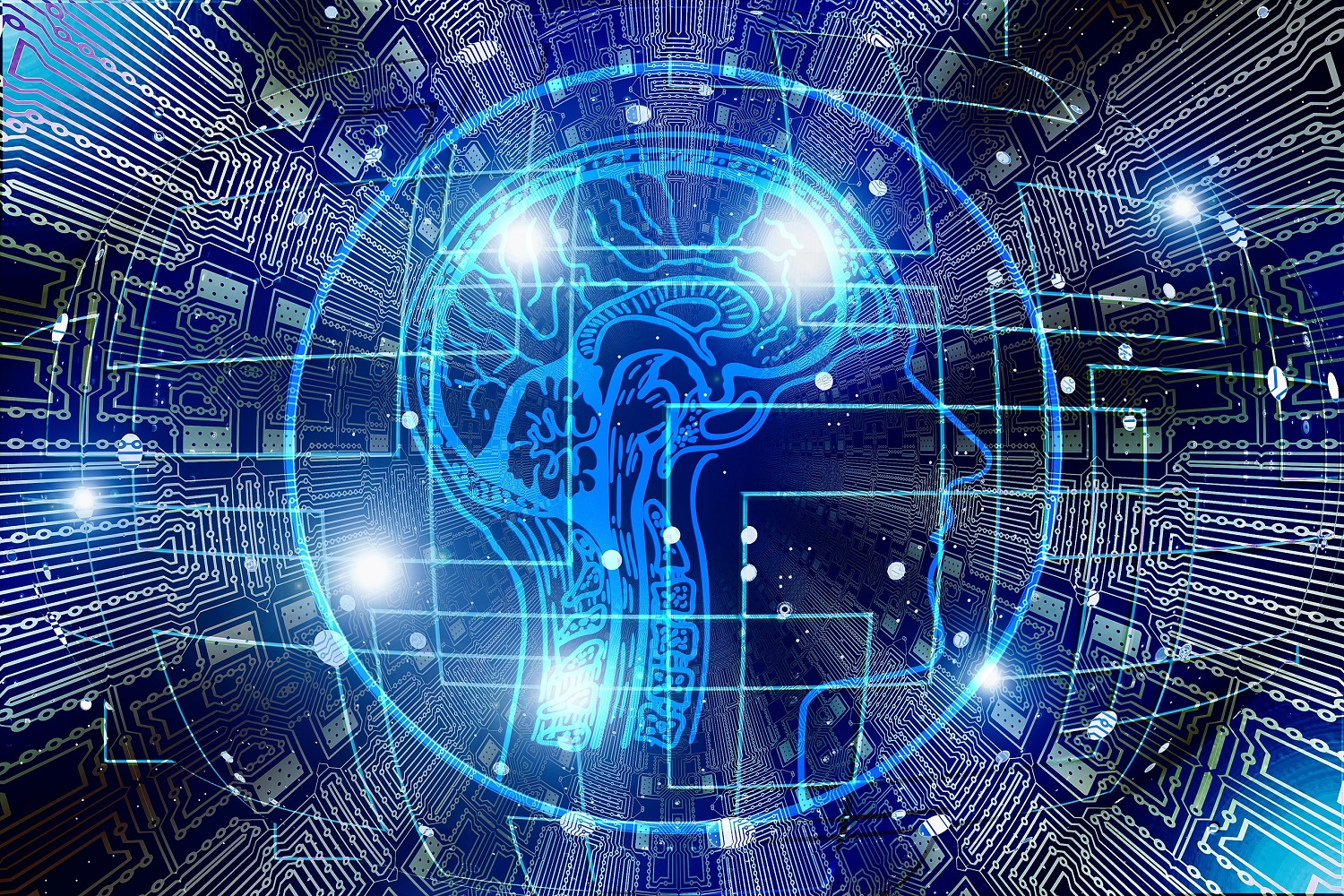This is due to the achievements of Northwestern University scientists, who led to a breakthrough through the use of innovative transistors. Thanks to them, it became possible to reduce their size and reduce the energy consumption required to operate artificial intelligence.
Read also: This compound will replace fossil fuels. It has a very high energy density
The background to the experiments and their potential benefits were recently presented in Nature Electronics. As Mark Hersam explains, the high energy demands of AI systems have so far been caused by several different factors. First of all, the data is first collected, then it goes to the cloud, where it is analyzed, and finally it has to be sent to the user again.
If these tasks can be performed locally, energy consumption can be significantly reduced. Seeking improvement, Hersam and his colleagues decided to take a somewhat unusual step: abandon silicon, which had previously been used in the production of transistors. Instead of this component, scientists used molybdenum disulfide and carbon nanotubes.
Artificial intelligence has so far faced serious problems regarding the amount of energy consumed during training and analysis
The problem with silicon transistors until now has been that they can only perform one stage of data processing. Therefore, the number of transistors increases with the size of the data set. Using molybdenum disulfide and carbon nanotubes, it enabled members of the research team to perform dynamic reconfiguration, reduce the size of transistors and reduce power consumption.
As part of testing the new technology, the authors of the aforementioned publication conducted an artificial intelligence training. She was later delegated to interpret ECG data. This task is challenging even for human specialists, which is why machines have more problems with it and usually have to use a lot of resources to achieve their goals.
Read also: Opera is smarter. It will even imitate your writing style
The goal of artificial intelligence was to classify individual types of heartbeats. The list included normal atrial beats, premature atrial beats, premature ventricular beats, fast beats, left bundle branch beats, and right bundle branch beats. 10,000 ECG tests were examined, and the final efficiency of this method was an impressive 95 percent. Moreover, in the case of silicon transistors, it would be necessary to use at least a hundred of them. In the new configuration, only two were used. Further development of the approach used should translate into further reductions. The results so far are impressive, so we can only wait for further progress.

Echo Richards embodies a personality that is a delightful contradiction: a humble musicaholic who never brags about her expansive knowledge of both classic and contemporary tunes. Infuriatingly modest, one would never know from a mere conversation how deeply entrenched she is in the world of music. This passion seamlessly translates into her problem-solving skills, with Echo often drawing inspiration from melodies and rhythms. A voracious reader, she dives deep into literature, using stories to influence her own hardcore writing. Her spirited advocacy for alcohol isn’t about mere indulgence, but about celebrating life’s poignant moments.









